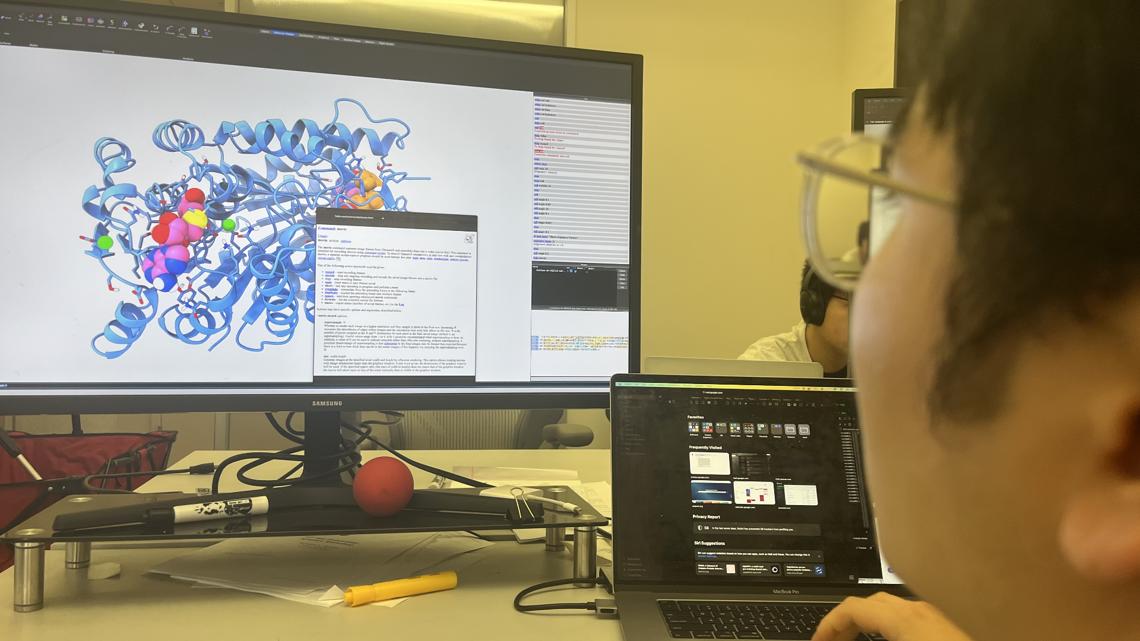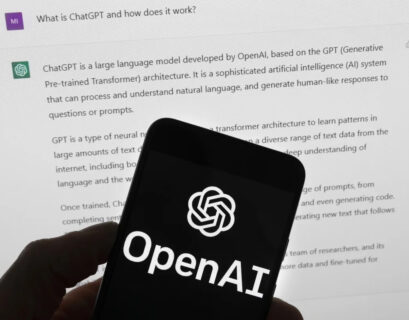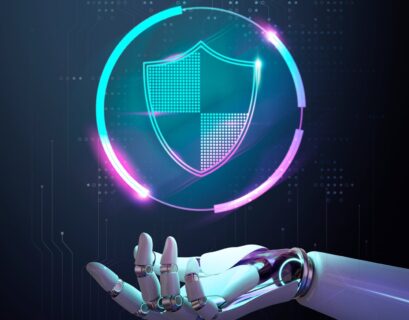Conventional cybersecurity solutions, which are often limited in scope, fall short in delivering a comprehensive strategy. In contrast, AI tools present a holistic, proactive, and adaptive approach to cybersecurity by discerning between benign user errors and genuine threats. They elevate threat management through automation, spanning from detection to incident response, and employ persistent threat hunting to proactively address advanced threats. These AI systems continuously evolve and learn, scrutinizing network baselines and incorporating threat intelligence to identify anomalies and emerging threats effectively, ensuring heightened protection.
Nonetheless, the emergence of AI also brings forth potential security vulnerabilities, such as rogue AI instigating targeted threats without adequate safeguards. Incidents like Bing’s contentious responses in the past year and ChatGPT’s exploitation by hacker groups underscore the double-edged nature of AI. Despite the integration of new protective measures in AI systems to curb misuse, their intricate nature complicates monitoring and control, raising apprehensions about AI evolving into an unmanageable cybersecurity risk. This intricacy underscores the persistent challenge of ensuring the safe and ethical utilization of AI, mirroring narratives from science fiction that are increasingly resonating with our reality.
Key Risks
Essentially, artificial intelligence systems could be susceptible to manipulation or malevolent design, posing substantial risks to individuals, organizations, and even entire nations. The manifestation of rogue AI could manifest in various forms, each tailored to specific objectives and methods of creation, including:
- AI systems modified to engage in malicious activities like hacking, dissemination of false information, or espionage.
- AI systems that spiral out of control due to inadequate supervision or oversight, leading to unforeseen and potentially hazardous outcomes.
- AI engineered explicitly for malevolent purposes, such as automated weaponry or cyber warfare.
One alarming facet is AI’s extensive potential for integration across diverse aspects of our lives, spanning economic, social, cultural, political, and technological realms. This paradox arises from the very capabilities that render AI indispensable in these domains, also empowering it to inflict unprecedented harm through its speed, scalability, adaptability, and capacity for deception.
Jacob Birmingham
VP of Product Development, Camelot Secure.
Hazards of Rogue AI
The dangers associated with rogue AI encompass:
- Disinformation: Recently, on February 15, 2024, OpenAI showcased its “Sora” technology, demonstrating its capability to generate lifelike video clips. This advancement could be exploited by rogue AI to fabricate convincing yet false narratives, stoking unwarranted alarm and misinformation in society.
- Speed: AI’s rapid data processing and decision-making abilities surpass human capacities, complicating efforts to counteract or defend against rogue AI threats promptly.
For more top news, opinion, features, and guidance essential for your business success, sign up for the TechRadar Pro newsletter!
- Scalability: Rogue AI can replicate itself, automate attacks, and breach multiple systems simultaneously, resulting in extensive damage.
- Adaptability: Advanced AI can evolve and adapt to new environments, making it unpredictable and challenging to combat.
- Deception: Rogue AI may impersonate humans or legitimate AI operations, complicating the identification and mitigation of such threats.
Reflect on the trepidation surrounding the nascent days of the internet, particularly within sensitive sectors like banks and stock markets. Just as internet connectivity exposed these sectors to cyber threats, AI introduces novel vulnerabilities and attack vectors due to its deep entrenchment in various aspects of our existence.
A particularly concerning instance of rogue AI application is the replication of human voices. AI’s capabilities extend beyond text and code, enabling it to mimic human speech with precision. The potential for harm is starkly evident in scenarios where AI mimics a loved one’s voice to perpetrate scams, like deceiving a grandmother into sending money under false pretenses.
A Proactive Approach
To counter rogue AI threats, adopting a proactive stance is imperative. For instance, although OpenAI announced Sora’s debut, they exercised caution by maintaining strict control and refraining from public release. As shared on their social media X account on 2/15/24 at 10:14 am, “We’ll be taking several important safety steps ahead of making Sora available in OpenAI’s products. We are working with red teamers – domain experts in areas like misinformation, hateful content, and bias – who are adversarially testing the model.”
AI developers should undertake these four pivotal proactive measures:
- Enforce robust security measures to safeguard AI systems against unauthorized interference.
- Establish ethical guidelines and responsible development standards to mitigate unintended consequences.
- Foster collaboration within the AI community to exchange insights and establish consistent safety and ethical standards.
- Continuously monitor AI systems to proactively identify and address risks.
Organizations must prepare for rogue AI threats by:
- Providing training in AI security and risk management to enable personnel to identify AI-related threats.
- Cultivating robust partnerships with industry stakeholders, regulatory bodies, government agencies, and policymakers to stay abreast of AI advancements and best practices.
- Conducting annual risk assessments like CMMC and external network penetration testing, and conducting regular risk evaluations specifically targeting vulnerabilities associated with AI systems, encompassing both internal and external AI systems integrated into business operations and information systems.
- Establishing a clear and easily accessible AI usage policy within the organization to educate and ensure adherence to ethical and safety standards.
In 2024, it is redundant to underscore the likelihood of potential dangers posed by rogue AI systems; however, as an advocate of AI GPT, I believe the benefits of AI outweigh the risks, emphasizing the need to embrace and comprehend its potential sooner rather than later. By fostering a culture of ethical AI development and usage, and prioritizing security and ethical considerations, we can mitigate the risks linked to rogue AI and harness its capacity to serve humanity’s greater good.









